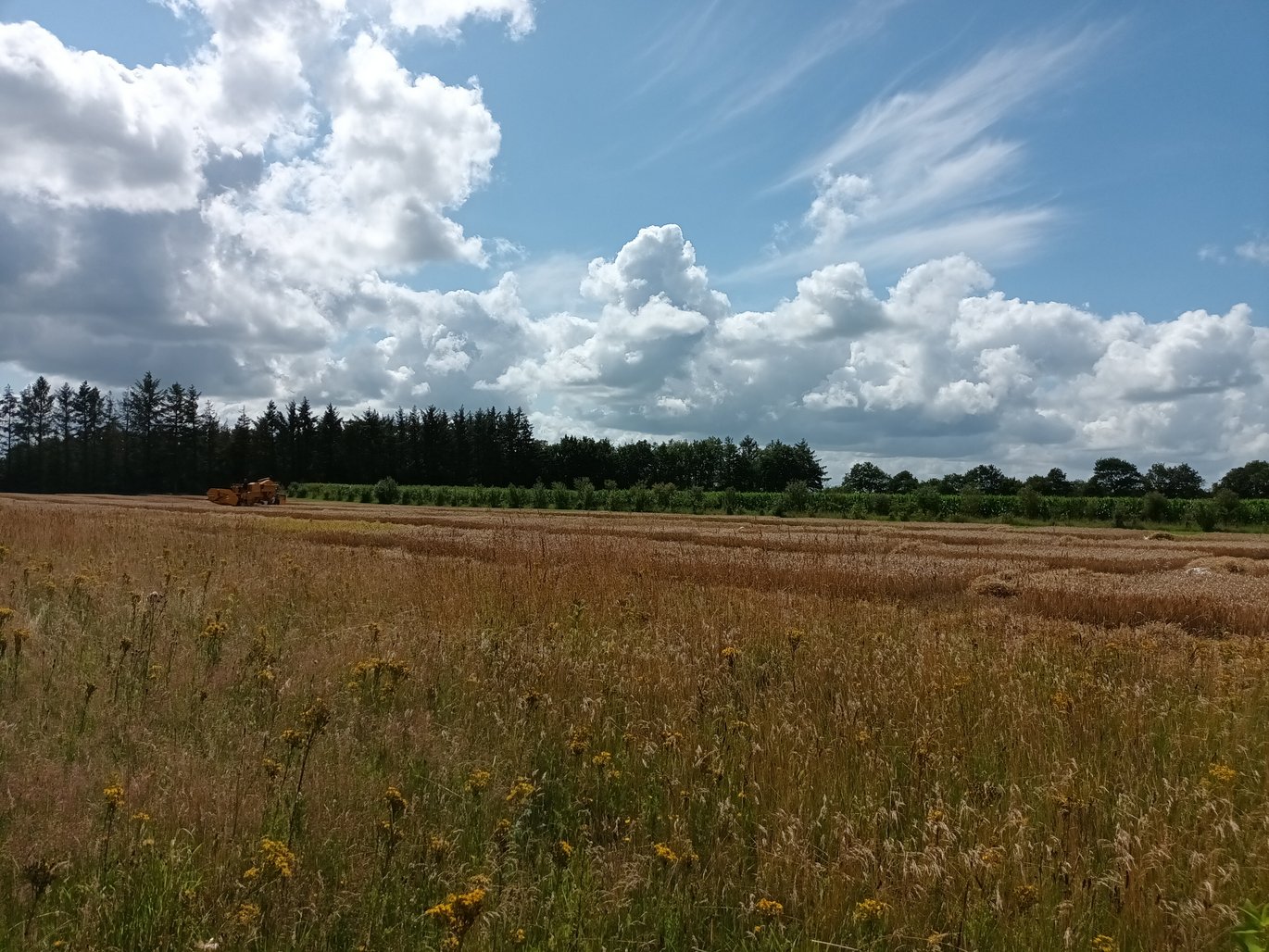Heirloom in the borderland
A year of war, four fields, and an idea that sprouted from the sandy soil of southern Jutland. Today, more than 80 years later, the field experiment at Jyndevad still stands as a monument to patient science. And it’s more relevant than ever.

In 1942, while Europe was in flames and Denmark was under occupation, something entirely different happened in a quiet field just 1.8 kilometers from the Danish-German border. Four fields were selected, lime was spread in varying amounts, and one of Denmark’s longest-running field trials was launched.
The goal was simple: to understand how to ensure crop yields in the sandy, nutrient-poor soils of this part of Southern Jutland.
Two years later, phosphorus treatments were added to the four liming levels. This made it possible to study how the interaction between phosphorus fertilisation and liming influenced crop yield. For decades, researchers measured, harvested, sampled, and documented. In 1964, one of the fields was planted with forest, and in 1994, another was converted to permanent grassland. But today, 83 years after it began, the experimental treatments continue in two of the fields. And the trial only grows more valuable with time.
“We have a research platform that is truly unique and one that can help answer questions that hadn’t even been asked when the experiment was first established back in 1942,” says Ingeborg Frøsig Pedersen from the Department of Agroecology at Aarhus University. In spring 2023, she took over scientific responsibility for the experiment.
Soil with history
The Jyndevad experiment holds something extraordinary: unique gradients in soil pH and phosphorus status across the forest, the grassland, and the two cultivated fields. These gradients are the result of decades of lime and phosphorus treatments and have turned the site into a living laboratory.
It’s precisely these gradients that make it possible to explore urgent, modern-day questions. How does liming affect nitrous oxide emissions? What role does phosphorus status play in root growth deep underground? And can this experiment help us move toward a more climate-friendly agriculture?
“We’ve just published a paper compiling the knowledge generated by this trial. It covers a broad spectrum, from microbial life in the soil to greenhouse gas emissions. But this is just the beginning,” says Ingeborg Frøsig Pedersen.
A living laboratory for future research
The newly published review article in the European Journal of Agronomy is the first to systematically present what this long-term trial in Jyndevad has taught us over eight decades. The paper not only describes the trial’s setup and history but also offers concrete examples of how it has supported research from studies on root growth and nutrient dynamics to emissions of greenhouse gases such as nitrous oxide.
One of the key messages in the article is that the value of long-term trials often increases over time. That’s because it takes years to develop the gradients in the soil. But once they are established, they offer a unique opportunity to isolate the effect of a given factor—such as phosphorus status—while holding others like soil type and climate constant. This provides a much clearer understanding of underlying processes, without the need to launch new, time-consuming experiments from scratch.
The researchers behind the article also emphasise the importance of continuing the trial in its current form, while integrating it into future research projects.
“There are very few places in the world where you find such strong gradients in both pH and phosphorus status. That makes the long-term Jyndevad trial a kind of living laboratory for modern agricultural research,” explains Ingeborg Frøsig Pedersen.
A scientific heirloom for green transition
There’s something almost poetic about an experiment born of war and uncertainty now becoming a key part of the green transition. While others study new technologies, drones, and satellites, researchers at Jyndevad stand with their feet firmly planted in historical soil.
“This is our scientific heirloom,” says Ingeborg Frøsig Pedersen. “And it shouldn’t be left in a drawer to collect dust. It needs to be part of research that matters today.”
She hopes more researchers will discover its potential. The trial is open to new ideas and collaborations.
“We have a unique experiment at Jyndevad, built on thorough and persistent efforts. And we must continue to make active use of it in new research projects,” she urges.
More information
Assistant professor Ingeborg Frøsig Pedersen, mail: ifp@agro.au.dk
